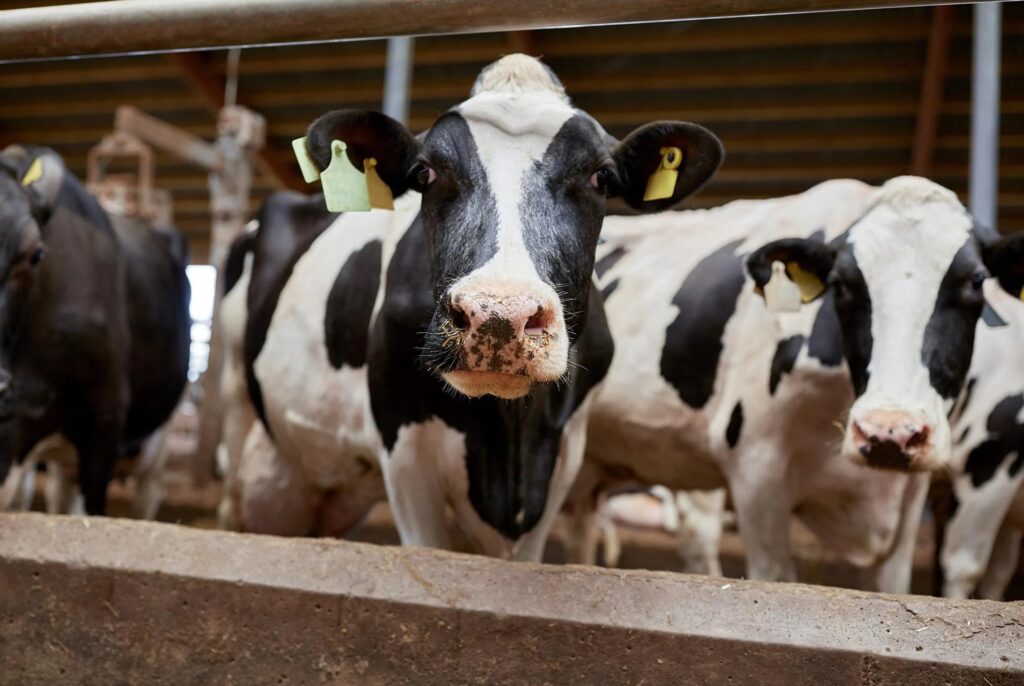09/04/2024
09/04/2024

NEW YORK, April 9: The Centers for Disease Control and Prevention (CDC) in the United States has raised concerns following the confirmation of the first human case of H5N1 avian influenza, commonly known as bird flu, believed to have originated from a cow. This marks the second human case of H5N1 in the US, with the previous case reported in Colorado in 2022.
The infected individual, a farm worker in Texas, contracted the virus amid an outbreak among dairy cattle. While the strain identified in this case is not easily transmissible between humans and does not pose a pandemic threat, it signifies a significant development in the ongoing battle against avian influenza.
Avian influenza is classified into two types based on the level of disease it causes in birds: highly pathogenic or low pathogenic. H5N1 falls under the highly pathogenic category and first emerged in 1997 in Hong Kong before spreading to China in 2003. Since then, it has periodically caused epidemics in poultry farms, with sporadic human cases reported.
The variant responsible for the current epidemic, H5N1 clade 2.3.4.4b, emerged in late 2020 and has since spread globally, particularly across the Americas. This strain has presented unprecedented challenges since 2021, with increasing infections observed among various mammal species, including sea lions, goats, and domestic pets like dogs and cats.
While avian flu typically spreads through waterfowl such as ducks and swans, recent outbreaks have extended to non-waterfowl birds, raising concerns about its transmission to new regions. The infection has even reached Antarctica, posing risks to Australia from different bird species.
Symptoms of H5N1 infection in humans can vary from severe respiratory illness to neurological complications, including seizures and organ failure. Despite the severity of previous cases, the farm worker in Texas exhibited mild symptoms, primarily conjunctivitis.
The CDC emphasizes that close contact with sick poultry remains a significant risk factor for human infection. While there is no immediate risk of a pandemic due to the lack of human-to-human transmission, continued vigilance is essential to monitor and control the spread of avian influenza.
Experts highlight the importance of early detection and surveillance to prevent potential pandemics, especially as avian flu hotspots shift to new regions outside of Asia. With the emergence of novel variants and increased infections among diverse animal populations, proactive measures are critical in safeguarding public health and mitigating the risk of future outbreaks.


